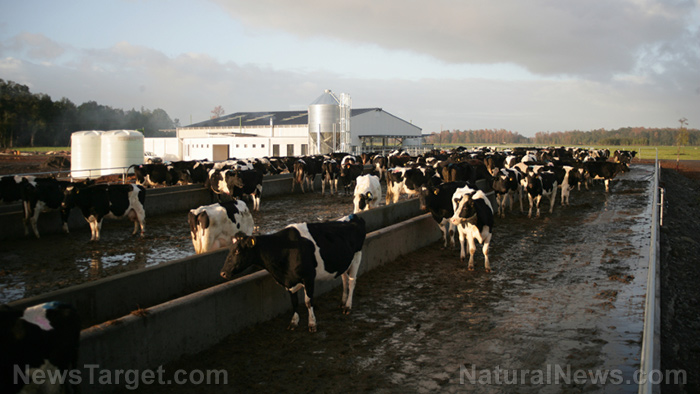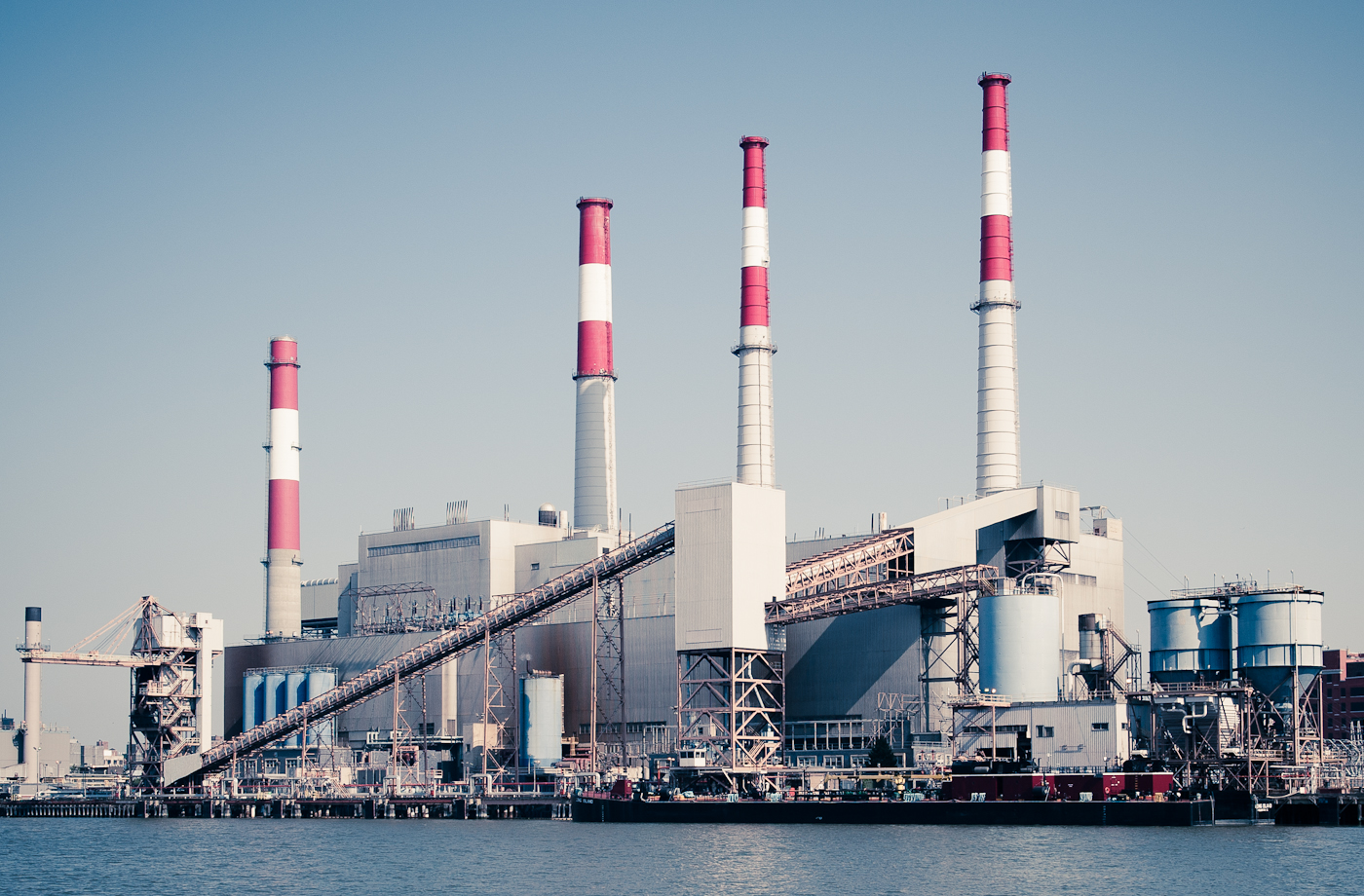Swedish researchers are keen on recovering as many resources as possible from waste products. One of their latest research projects promises to come up with a way to free useful chemical compounds from biological waste.
In this context, biological waste refers to unwanted organic waste products from the agricultural and food industries, such as manure and rotten food. It also encompasses the sludge discharged by sewage systems.
In earlier years, biological waste went through chemical treatment processes before its ultimate disposal. Nowadays, new technologies have made it possible to get some value out of waste.
Modern-day treatment plants cultivate anaerobic bacteria in biological waste. The microorganisms feast on the organic material and give off methane as a byproduct of their meal.
The plants collect the methane and refine the gas inside a reactor. The refining process turns the methane into biogas, a valuable fuel that isn't reliant on traditional and dwindling supplies of fossil fuels.
Researchers from the University of Boras want to take that methane production process a step further. They want to expand the range of products of the existing anaerobic digestion process. (Related: Researchers study fungi to turn food waste into sustainable bioplastic.)
Designing a new bioreactor that harvests volatile fatty acids
Current designs for biological waste refineries churn out a single raw material. And there are only so many products based on that resource.
The Swedish researchers are working on a biorefinery that will produce multiple products. Recent technological advancements in membrane bioreactors have made it possible to divide the anaerobic digestion process into several steps.
By taking a multi-step approach, the researchers hope to extract volatile fatty acids from biological waste. An intermediate product of anaerobic digestion, volatile fatty acids get turned into methane during the earlier single-step process, preventing older approaches from harvesting them.
Boras researcher Mohammad Taherzadeh oversees the university's new resource recovery project. He acknowledges the value of methane-derived biogas as a renewable resource but thinks they may go further.
“However, the methane gas formed in the digestions process has a low commercial value, as the methane must be refined to act as biofuel for vehicles, for example,” Taherzadeh explained in an interview. “Therefore, we are now looking at whether we can extract volatile fatty acids, which in turn can be used as building blocks in many different production areas such as food, animal feed, pharmaceuticals, textiles and plastics.”
Biological waste may provide raw materials for bioplastics and butanol
Taherzadeh and his Boras colleagues are working on ways to get volatile fatty acids from biological waste. Once they come up with a viable acid extraction platform, they will hook it up to membrane bioreactors.
They intend to scavenge as much volatile fatty acids of extraordinary quality as possible, preferably before the chemicals get turned into less versatile methane.
Furthermore, their bioreactor must work on various kinds of biological waste – the composition and properties of manure are different from, say, sewage sludge. The reactor must also handle different mixtures of those wastes.
The Swedish researchers will experiment with differently configured bioreactors, including side-stream membranes and submerged integrated permeate channel (IPC) flat sheet membranes. They will test the new modules alongside the acidogenesis processes.
Taherzadeh named butanol, polyhydroxyalkanoates (PHA), and fungal biomass as three of the likely products made out of volatile fatty acids.
Butanol is a chemical solvent. It sees widespread use in dyes, perfume, resin, rubber, shellac, and varnish.
PHA is a polymer that serves as a bioplastic. In addition to its organic origin, it is biodegradable and compatible with biological organisms.
Finally, fungal biomass may serve as a source of protein for animals.
Sources include:
Please contact us for more information.

















